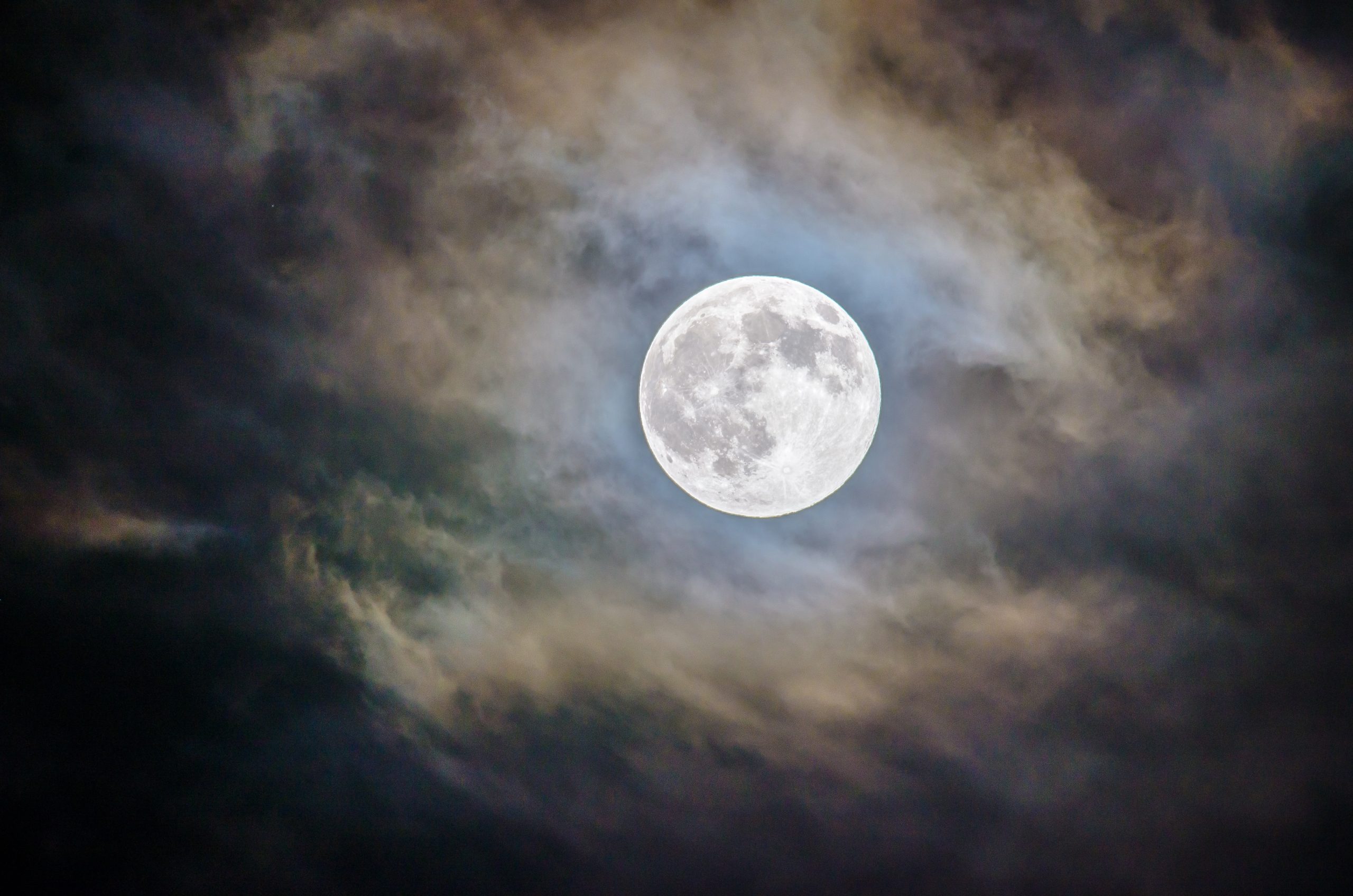What Does the Moon Rule: Unveiling the Celestial Influencer
Table of Contents
- Introduction
- The Lunar Calendar
- Tides and the Moon
- Moon’s Influence on Ecosystems
- Human Beliefs and the Moon
- Conclusion
Introduction
Throughout history, the moon has captivated our imaginations as it hangs gracefully in the night sky. Consistently visible, yet ever-changing, this celestial body has influenced human cultures, the natural world, and even our measurement of time. From folklore and myths to scientific data, the moon plays a significant role in various aspects of our lives. Are you ready to explore what the moon truly rules? Let’s embark on this celestial journey together.
The Lunar Calendar
One of the most evident ways the moon affects our lives is through the development of the lunar calendar. Before the advent of modern timekeeping, ancient civilizations relied on the moon’s phases to track and organize their daily lives. With an average lunar cycle of 29.5 days, it provided a natural rhythm for agricultural practices, religious events, and social gatherings.
In fact, many cultures still celebrate traditional lunar festivals today, such as the Chinese New Year and the Islamic calendar, which are based on the moon’s orbit. These calendars highlight the moon’s crucial role in preserving cultural heritage and facilitating communal celebrations.
Tides and the Moon
Did you know that the moon’s gravitational pull directly influences Earth’s tides? This astronomical phenomenon occurs due to the moon’s proximity and gravitational force acting on our planet.
As the moon orbits Earth, its gravitational pull creates a bulge of water on the side closest to it, resulting in high tide. Conversely, another high tide occurs on the side opposite the moon, due to the centrifugal force exerted on the Earth’s mass away from the moon. The areas perpendicular to these high tides experience low tide. This gravitational interplay between the moon, Earth, and the sun provides a consistent ebb and flow of the tides throughout the world’s oceans.
Moon’s Influence on Ecosystems
The moon’s impact is not limited to its gravitational pull. It significantly influences various ecosystems, particularly those connected to the ocean.
For marine animals, such as the majestic sea turtles, the moon’s cycle plays a vital role in guiding their annual migrations and nesting habits. These creatures rely on the brightness of the moon to find their way across vast oceans, ensuring their survival and the continuation of their species.
Moreover, nocturnal animals, like certain insects and mammals, heavily rely on the moon’s phases to navigate during the night. The moon’s illumination helps these creatures find food, attract mates, and avoid potential predators. This delicate balance in ecosystems exemplifies the moon’s integral role in supporting biodiversity and maintaining the delicate web of life on Earth.
Human Beliefs and the Moon
Since ancient times, humans have attributed arcane powers and beliefs to the moon. The lunar cycle has been associated with various cultural and religious practices.
For instance, the moon is often connected to fertility and female deities in multiple mythologies. In Greek mythology, the moon goddess Selene and the Roman goddess Luna were both symbols of femininity, associated with childbirth and feminine energy. Similarly, in Hindu mythology, the moon god Chandra was believed to govern the tides of human emotions and enhance romantic love.
Furthermore, many societies have tied the moon to the concept of lunacy, from which the term “lunatic” emerges. Despite modern science dispelling this notion, some people still believe that the full moon can affect human behavior and mental health.
Conclusion
As we conclude our exploration of what the moon rules, it is evident that this celestial body holds significant sway over multiple aspects of our lives. From the creation of calendars and its profound impact on ocean tides to its influence on ecosystems and the human psyche, the moon’s power is undeniable.
The moon’s allure continues to inspire scientists, poets, and dreamers alike. We may never fully unravel the mysteries of the moon, but its presence reminds us of our connection to the vast universe beyond our planet’s boundaries.
We are fortunate to have a constant companion in the moon, a celestial influencer that shapes our experiences, enriches our cultures, and evokes a sense of wonder. So, next time you gaze up at the night sky and catch a glimpse of the moon, take a moment to appreciate its silent guidance and the intricate role it plays in our world.
Table of Contents
